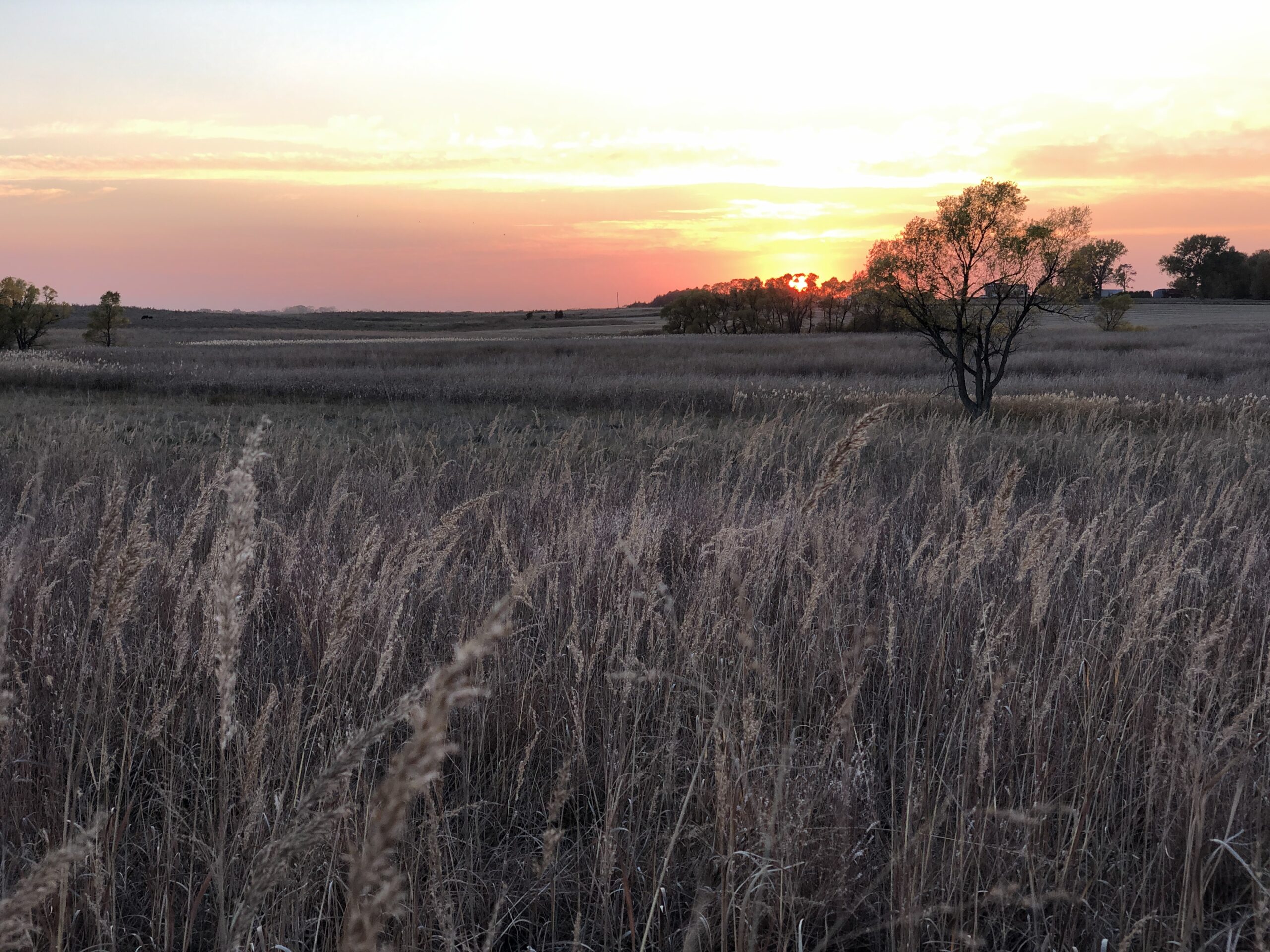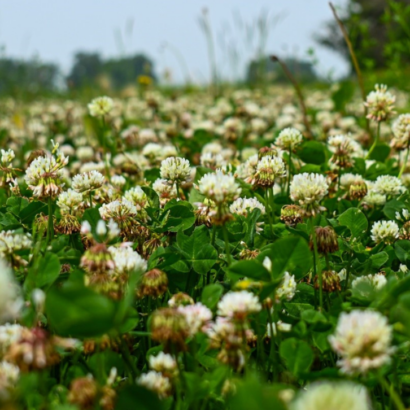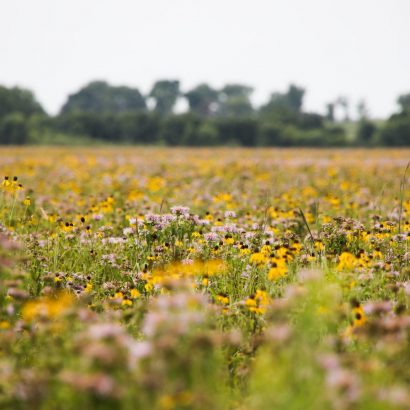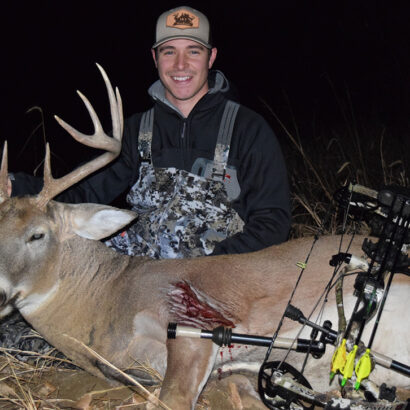It’s no secret that over the past few years, the incorporation of native plants to growers’ seeding plans has become increasingly common throughout the country. Farmers, ranchers, and landowners are turning to native species for a variety of reasons including improving soil health, reducing erosion, adapting to climate change, and the increase of government support through conservation programs.
The Rise of Conservation Programs
Government support and assistance has been one of the driving factors in the resurgence of native seedings across the country. The Environmental Quality Incentives Program (EQIP), managed by the NRCS, is a conservation program that incentivizes landowners to integrate conservation practices into their operation. EQIP and other similar programs provide financial assistance and management plans to growers who enroll in the program. The organization works one-on-one with growers to help them create a native seeding plan to help meet a variety of conservation goals. Companies like AgSpire are also becoming more common, centering on the goal to make it easier for farmers to understand and participate in government and voluntary incentive programs.
The Reason for Landowners
Growing awareness and public education on native seedings has also been a leading factor behind the rise in popularity of conservation practices. Native species contribute to the overall health of ecosystems and restoration. Couple that with an upward trend in sustainable consumption practices and the use of integrated solutions to help fight resource depletion across the country, and you get an increase in native species use. Native seeds are well adapted to their native soils, making them an excellent choice for those looking to boost soil fertility.
When farmers choose to incorporate native species into their seeding plans, they are helping the overall biodiversity of their soil microbiomes and resistance to invasive species. These factors all lead to an increase in overall soil health and can help preserve and restore the land for generations to come.
Not all acres are the same, and not every grower has the same native seeding goals. This is why Renovo Seed offers a variety of mixes that simplify your seed choices and make it easy to find the right native mix to meet your needs.
If you’re looking to seed a basic native grassland, Big Country is a predominantly warm-season grass mix that will reach around 4-6 feet tall at full maturity. It’s a great choice for wildlife habitats and can perform well in a variety of settings.
Short & Showy Grass and Wildflower mix is a great option if you’re looking for something with a little bit more diversity. This durable, low-maintenance mix will provide color all season long, while still improving soil health and benefiting the natural habitat.
For more specialized needs, such as ground cover between newly planted or established tree rows, Renovo’s Tree Belt mix is a great option to help prevent erosion and offer wildlife cover throughout the year.
Response from the Supply Chain
This increase in demand for native seedings has led the seed supply chain to respond. Companies like Millborn have been serving the reclamation space for nearly 40 years. With an extensive product lineup and outstanding logistics, they work to get you all the seed, establishment tools, and materials you need. Whether you’re ready to start planting native species, or just want to learn more, Renovo Seed – backed by Millborn – is here for you. Get in touch today by calling 605.627.1901 or visit us online at renovoseed.com.





Discussion
0 Comments